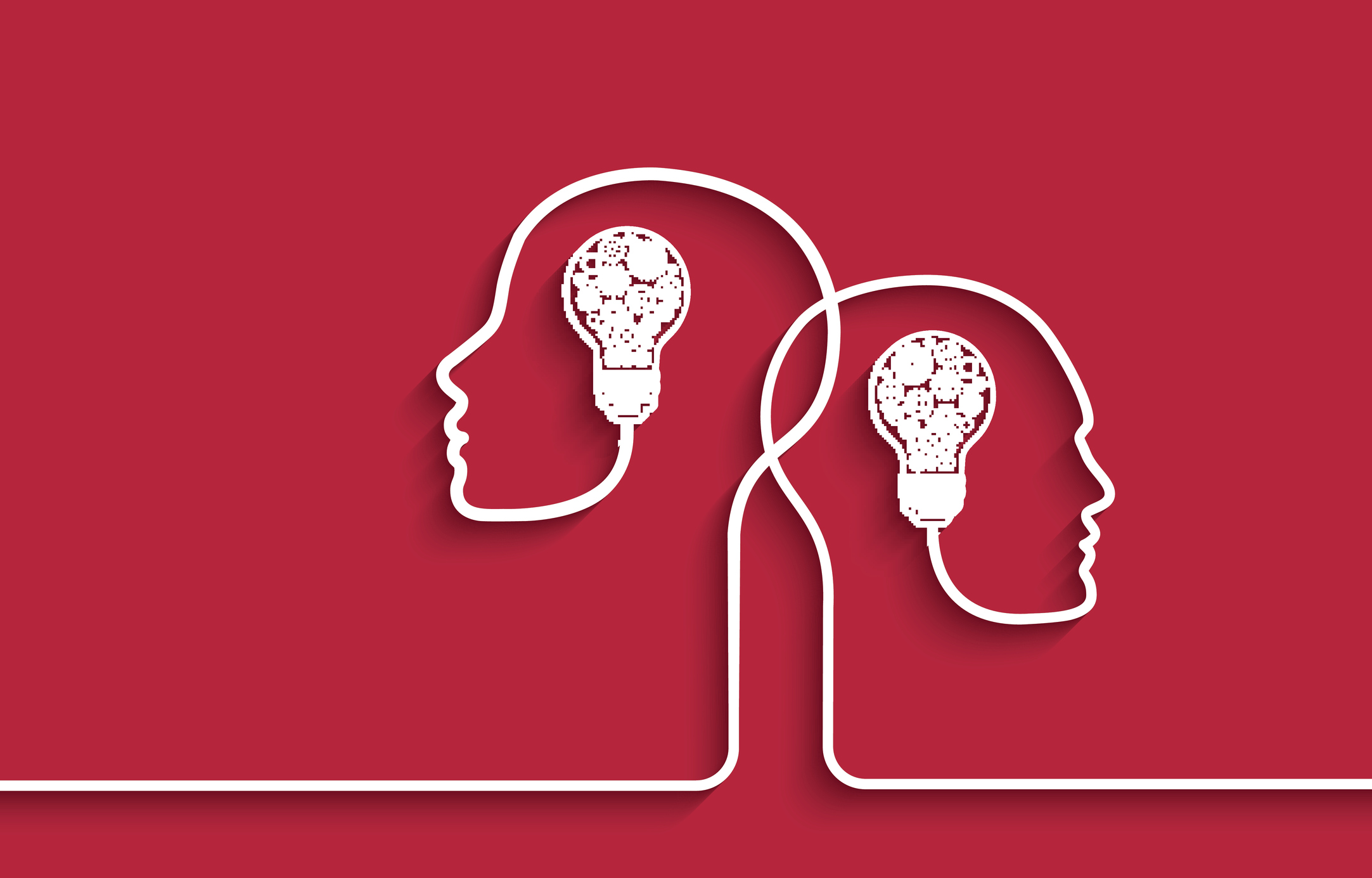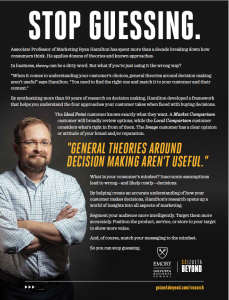
 Don’t assume to know what your customer is thinking. You need to understand how different purchasing “mindsets” influence decisions, then market accordingly. The data is all there and Goizueta’s Ryan Hamilton has turned it into a framework that can take the guessing out of customer intelligence.
Don’t assume to know what your customer is thinking. You need to understand how different purchasing “mindsets” influence decisions, then market accordingly. The data is all there and Goizueta’s Ryan Hamilton has turned it into a framework that can take the guessing out of customer intelligence.
Back in 2011, retailer JC Penny was being squeezed out of the market by Gap, Wal-Mart and other mid-priced apparel stores.
Hoping for radical change, the firm brought on Ron Johnson, the creative mind behind Apple’s massively successful venture into brick-and-mortar retailing.
Business pundits watched with interest as Johnson dismantled hi-low pricing structures, which revolved around coupons and deals, and introduced everyday low pricing. “Enough. Is. Enough” trumpeted a new slogan.
The result, as any business school MBA will tell you, was an unmitigated disaster.
The new pricing strategy saw the firm hemorrhage first its customers, then its cash. In less than a year Johnson was out and the “epic” rebranding mistake became a cynosure for the press and academic communities.
Quit Making Assumptions
It’s likely Johnson made some implicit assumptions about JC Penny customers based on his previous successes. Making inaccurate assumptions about customers – and about how they make decisions – can lead to costly wrong turns.
Success in business comes with understanding how people – customers, investors or employees – make decisions. Using that knowledge to anticipate the choices they’ll make, helps nudge them toward one option over another.
Fortunately, science throws marketing professionals a lifeline. There are decades worth of research into how people make choices. Unfortunately, theories can be hard to understand.
And harder still to implement. But Goizueta Business School Associate Professor of Marketing Ryan Hamilton and Uma R. Karmarkar of Harvard Business School did some legwork to make theories more practical for corporate decision makers. The duo processed five decades of decision science research and found four broad approaches customers take when deciding to make a purchase. The result is a practical framework that maps each customer approach to a particular situation or purchasing prototype.
[highlight]The Ideal Point Customer knows exactly what they want. A Market Comparison Customer will broadly review options, while the Local Comparison Customer considers what’s right in front of them. The Image Customer has a clear opinion or attitude of your brand and/or reputation.[/highlight]
Marketers can use this framework to segment, target and persuade customers more intelligently while optimizing your brand positioning.
[accordion]
[acc title=”Segmenting”]
Say you’re selling a TV to an Ideal Point customer. You’ll need to do market research because the consumer will know exactly what they want – and expect. If your customers are image mind shoppers, tactics like lowering prices or stocking lesser-known brands are unlikely to be effective. And for your Local Comparison customer, your best marketing might be embracing categories like “good,” “better” and “best.”
[/acc]
[acc title=”Targeting”]
Take the time to figure out which mindset best describes your actual customer base. Designer home goods retailer, PIRCH, found its customers were using an Ideal Point approach. They designed stores to match this mindset, encouraging shoppers to imagine an ideal kitchen, for instance, and make purchasing decisions based on the vision. It worked.
[/acc]
[acc title=”Positioning”]
Like PIRCH, you can use the framework to identify a customer segment and position the value of your product or service to that mindset. A good example is INTEL. The firm found over time customers were moving from a Market Comparison mindset to an Image relationship with the brand. So a shift was made from technical functionality to what technology can facilitate in customers’ lives. This built a strong emotional connection with the customer base and benefited the bottom line.
[/acc]
[acc title=”Persuading”]
It goes without saying your marketing efforts will be more successful if you match your messages with your customer’s mindset. Understanding the approach that your target segments adopt is key to getting your messaging right.
[/acc]
[/accordion]
No Avoiding the Theory
At JC Penney, Johnson’s decisions weren’t necessarily inaccurate or inappropriate per se, says Hamilton. Leadership just pitched at the wrong mindset.
“Johnson’s problems started when he assumed JCP customers used the same Image-based strategies as Apple customers, where in reality they appear to have been predominantly Local Comparison-style deal-seekers,” the authors note. “By replacing markdowns on products with everyday low pricing, he took away their option to find a bargain. And lost them in droves.”










